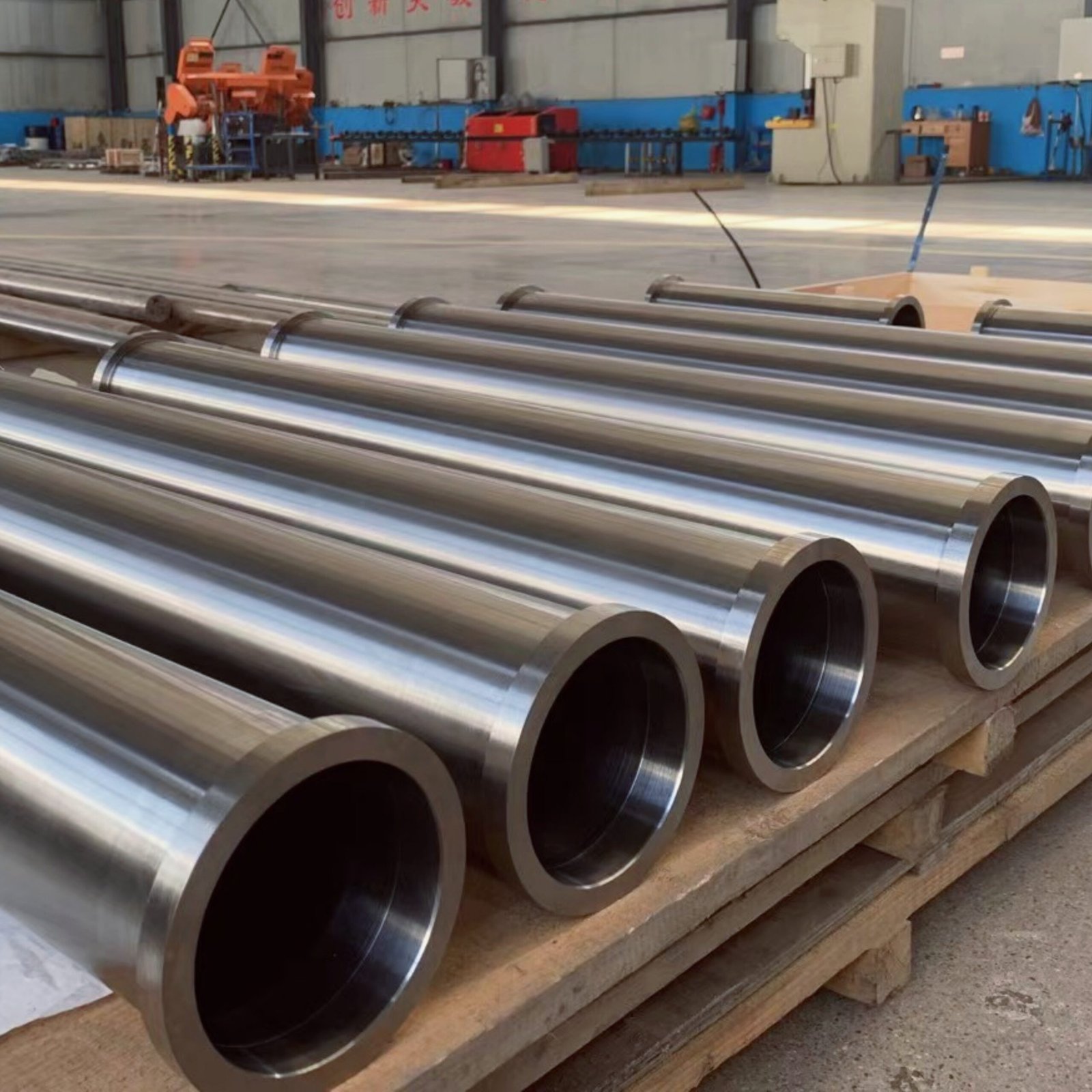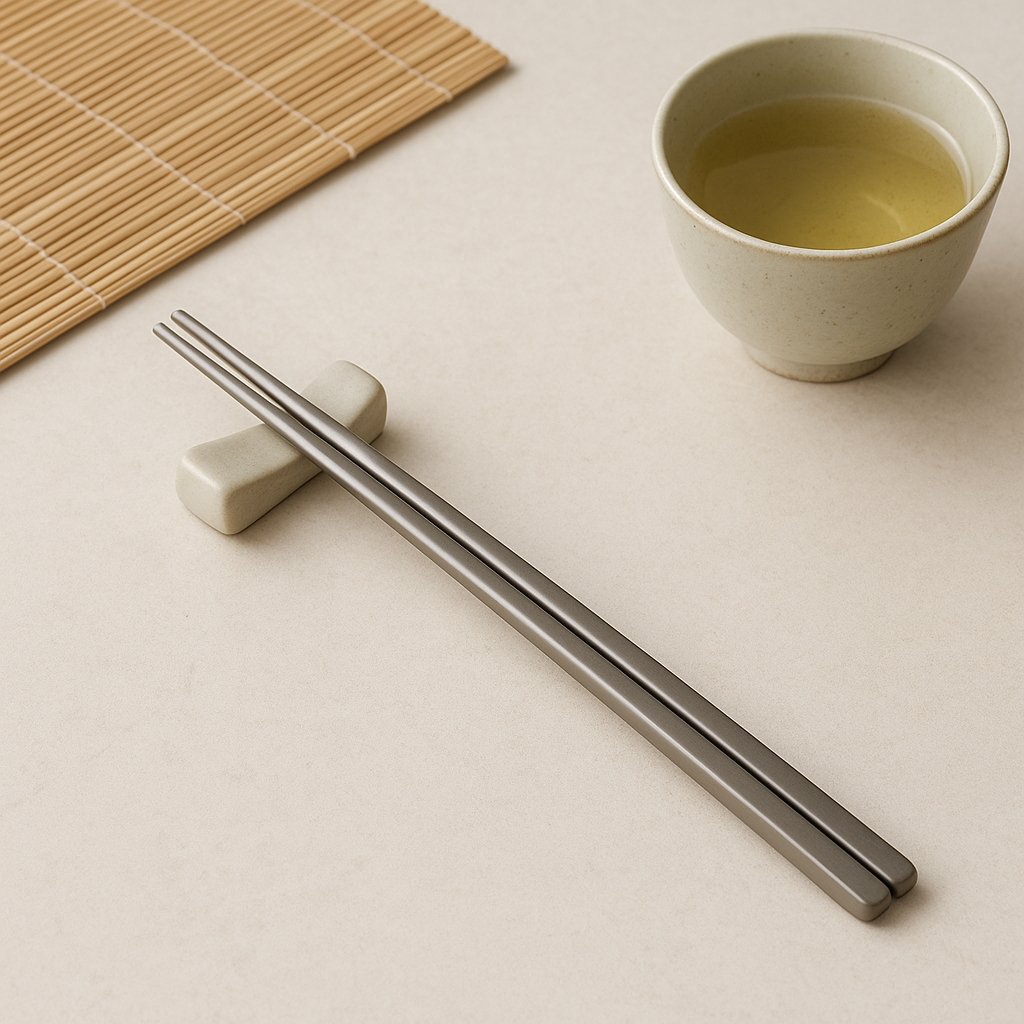Titanium tube extrusion stands at the forefront of advanced manufacturing technologies, offering unparalleled benefits in industries demanding lightweight, durable, and corrosion-resistant materials. This article delves into the intricacies of titanium tube extrusion, focusing on achieving a remarkable 0.5mm wall thickness while enhancing formability and corrosion resistance. These capabilities not only meet but exceed the stringent requirements of aerospace, medical, and industrial applications.
At Young Things Metal Co. Ltd.,we specialize in producing high-quality titanium tubes that are engineered to meet these exacting standards. By leveraging cutting-edge extrusion techniques, we are able to produce tubes with precise wall thicknesses and enhanced material properties, ensuring they perform reliably in the most demanding environments.
The process of extruding titanium tubes involves precision engineering and innovative techniques to overcome challenges unique to this material. By first exploring the fundamentals, then addressing the technical challenges, and finally presenting innovative solutions, this article illuminates the path toward achieving precision in wall thickness while also enhancing the intrinsic properties of titanium.
Throughout this exploration, we will discuss the critical role of titanium in various industries, highlighting its unmatched advantages and practical applications. In addition, case studies and technological insights will underscore the transformative impact of advanced titanium tube extrusion on product performance and operational efficiency.
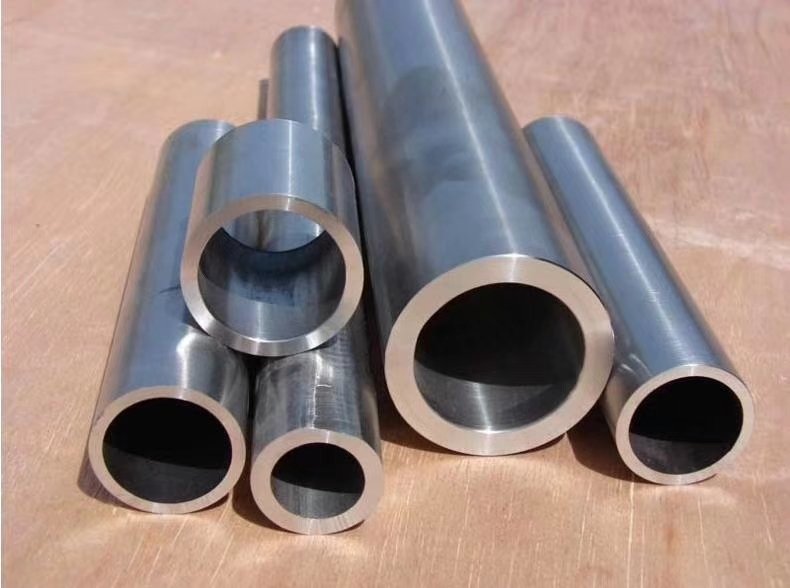
1.Fundamentals of Titanium Tube Extrusion
Titanium tube extrusion is a sophisticated manufacturing process that leverages the unique properties of titanium to produce high-quality tubes used across various industries. This section begins with a foundational understanding of titanium tube extrusion, covering its definition, basic principles, and key advantages.
Definition and Principles of Titanium Tube Extrusion
- Definition:Titanium tube extrusion is a manufacturing process that involves forcing titanium alloy through a shaped die to produce tubes of consistent cross-sectional shape. This process allows for the production of long lengths of titanium tubes with precise dimensions and uniform properties.
- Principles:The process relies on the application of pressure to the titanium material, which is typically heated to a suitable temperature to enhance its malleability. This allows the material to flow smoothly through the die, achieving the desired shape and dimensions. Key factors such as temperature, pressure, and die design are critical to ensuring that the extrusion process yields high-quality tubes with the required mechanical properties.
Titanium as an Optimal Material for Tube Manufacturing
- Advantages:Titanium offers an exceptional strength-to-weight ratio, which is crucial in applications where reducing weight is a priority. Its outstanding corrosion resistance ensures durability in harsh environments, while biocompatibility makes it suitable for medical applications. These properties make titanium an ideal choice for critical applications across various industries.
- Applications:Titanium tubes have diverse applications, including:
a.Aircraft Structures: Used in various components to reduce weight and improve fuel efficiency.
b.Medical Implants: Employed in orthopedic and dental implants due to their compatibility with human tissue.
c.Chemical Processing Equipment: Utilized in heat exchangers and reactors where corrosion resistance is essential.
d.Sporting Goods: Found in high-performance bicycles and sports equipment, leveraging lightweight characteristics.
Key Advantages Across Industries
- Aerospace:Lightweight titanium tubes are crucial for reducing aircraft weight, enhancing fuel efficiency, and improving overall performance. Their ability to withstand extreme temperatures and pressures makes them ideal for aerospace applications.
- Medical:Biocompatible titanium tubes are widely used in surgical implants, prosthetics, and medical instruments. Their inertness ensures minimal adverse reactions with body tissues, promoting better healing and integration.
- Industrial:Titanium's corrosion resistance makes it suitable for harsh environments in chemical processing, marine operations, and offshore oil drilling. Moreover, it can withstand exposure to aggressive chemicals and high salinity, thereby extending the lifespan of equipment in these challenging applications.
By understanding these fundamental aspects of titanium tube extrusion, manufacturers can harness the full potential of titanium's properties to meet stringent industry requirements and drive innovation in material science and engineering.
2.Challenges in Achieving 0.5mm Wall Thickness
Achieving an ultra-thin wall thickness of 0.5mm in titanium tube extrusion poses several technical challenges that require innovative solutions and precise control throughout the manufacturing process.
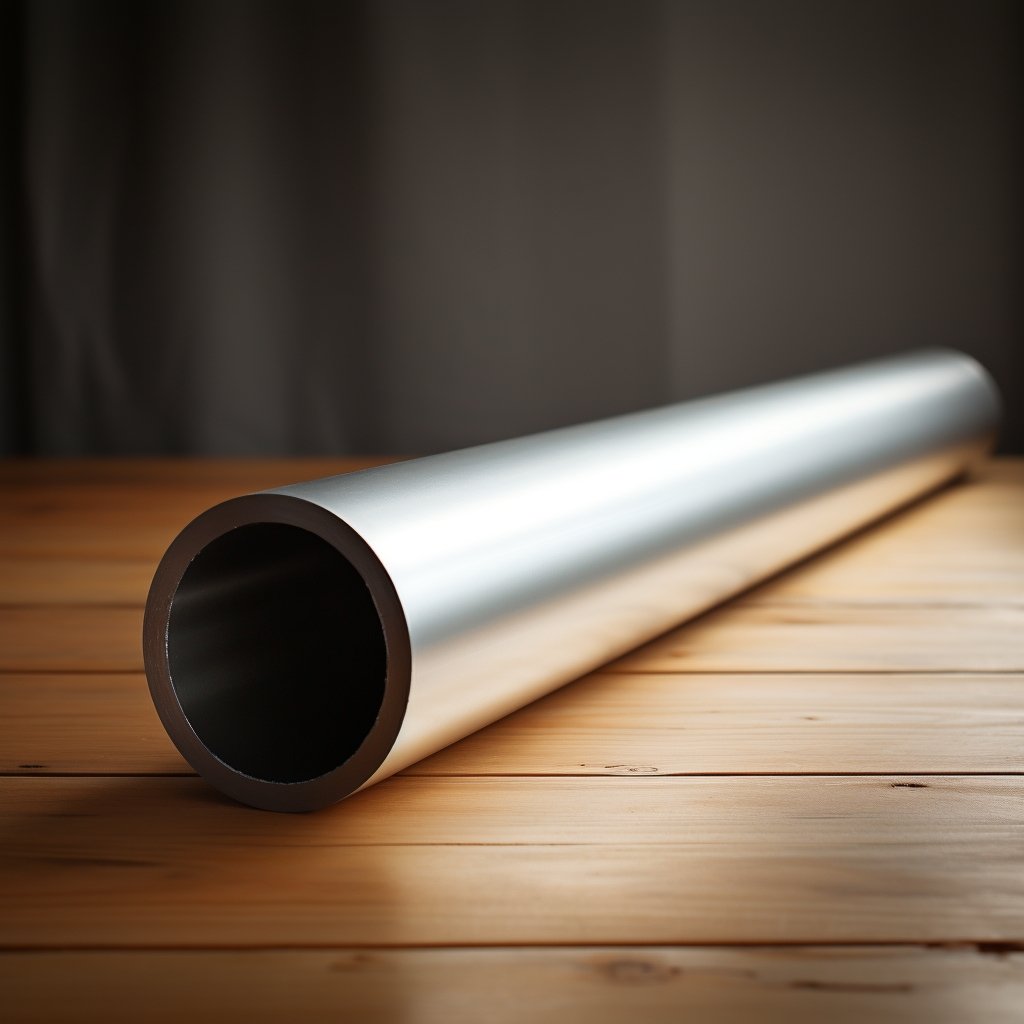
Material Properties and Extrusion Dynamics
- Titanium's Characteristics:Titanium is known for its exceptional strength-to-weight ratio and rigidity, which can pose challenges during the extrusion process. Specifically, the material's inherent strength makes it difficult to extrude into thin walls without risking structural integrity. Therefore, careful consideration must be given to the alloy composition and processing parameters to ensure that the final product meets performance requirements.
- Extrusion Dynamics:The flow dynamics of the titanium material during extrusion are critical for achieving uniform wall thickness. Variations in pressure management can lead to inconsistencies in the extruded product. Understanding how the material flows through the die, along with the effects of temperature and pressure, is essential for maintaining dimensional accuracy throughout the extrusion process.
Precision in Die Design and Tooling
- Die Design:The design of the extrusion die is pivotal in determining the final wall thickness of titanium tubes. In particular, key considerations include the die geometry, which must be optimized to facilitate smooth material flow, and cooling strategies that help maintain the desired properties of the extruded product. Furthermore, advanced simulation techniques can aid in predicting die performance and identifying potential design improvements.
- Tooling Requirements:High-precision tooling is essential for consistent extrusion performance and dimensional accuracy. Regular maintenance and calibration of tools ensure that the extrusion process runs smoothly, minimizing defects and variations. Investing in quality tooling can significantly enhance the overall efficiency and reliability of the manufacturing process.
Temperature Control and Metallurgical Challenges
- Temperature Management:Maintaining optimal extrusion temperatures for titanium alloys is crucial, as these materials are sensitive to heat and cooling rates. Insufficient temperature control can lead to defects such as cracking or poor surface finish. Implementing real-time temperature monitoring systems can help manufacturers maintain the required thermal conditions throughout the extrusion process.
- Metallurgical Considerations:The metallurgical properties of titanium, including grain structure and phase transformations, significantly influence the extrusion process and the quality of the final product. Understanding these properties allows manufacturers to make informed decisions regarding alloy selection and processing techniques, ultimately enhancing the mechanical performance of the extruded tubes.
Quality Assurance and Process Optimization
- Quality Control:Rigorous quality assurance measures are vital for maintaining high standards in titanium tube extrusion. In-line monitoring systems can detect variations in wall thickness and other critical parameters, enabling timely corrective actions. Post-extrusion inspection techniques, such as ultrasonic testing or X-ray analysis, further ensure that the products meet stringent quality requirements.
- Process Optimization:Continuous efforts in process optimization are essential for improving extrusion efficiency and yield. This includes adjusting parameters such as extrusion speed, temperature, and pressure, as well as refining materials to enhance their properties. By leveraging advanced data analytics and feedback systems, manufacturers can achieve better control over the extrusion process and drive improvements in productivity.
By addressing these challenges with advanced technology and expertise, manufacturers can push the boundaries of titanium tube extrusion, achieving thinner walls while maintaining high standards of quality and performance across diverse industrial applications.
3.Process Details: Achieving Precision in Wall Thickness
Achieving precise wall thickness control is crucial in titanium tube extrusion to meet the stringent requirements of various industrial applications. To this end, this section explores the detailed process and factors influencing the achievement of uniform and ultra-thin wall thickness.
Extrusion Process Overview
- Introduction to Extrusion: The titanium tube extrusion process is a critical manufacturing technique that transforms titanium alloy into tubes through a series of carefully controlled steps. It involves first heating the titanium material to a malleable state and then forcing it through a shaped die under high pressure. As a result, this process enables the production of tubes with uniform cross-sectional shapes and precise wall thicknesses, essential for various industrial applications.
- Equipment and Setup: The extrusion process requires specialized equipment, including an extrusion press that generates the necessary force to push the titanium through the die. The design of the die is crucial, as it directly impacts the final shape and dimensions of the tube. Auxiliary systems for temperature control ensure that the material is heated uniformly, while material handling systems facilitate the efficient movement of billets and finished products throughout the production line.
Factors Influencing Wall Thickness Control
- Die Design and Geometry: The design of the extrusion die is paramount in achieving precise wall thickness. Key considerations include the die profile, land length, and entrance/exit angles, which influence how the material flows through the die. A well-designed die minimizes variations in wall thickness and ensures consistent product quality.
- Material Flow Dynamics: Understanding the rheology and flow behavior of the titanium material is essential for controlling wall thickness uniformity during extrusion. Factors such as viscosity, shear rate, and temperature all affect how the material moves through the die, impacting the final wall thickness.
- Temperature Management: Effective temperature management is critical for optimizing the extrusion process. For instance, strategies include maintaining consistent temperature profiles along the billet and die, as well as using heating elements or insulating materials to reduce thermal variations. Consequently, proper temperature control minimizes the risk of defects and enhances the quality of the extruded tubes.
Precision Control Techniques
- In-line Monitoring Systems: Advanced sensors and monitoring systems play a vital role in the extrusion process by continuously measuring wall thickness in real time. These systems provide feedback to operators, allowing for immediate adjustments to maintain the desired specifications and quality standards.
- Die and Tooling Maintenance: Regular maintenance and calibration of extrusion dies and tooling are essential to ensure dimensional accuracy and prevent defects. Scheduled inspections and timely replacements of worn components can significantly improve the reliability of the extrusion process.
- Process Parameter Optimization: Techniques for adjusting extrusion parameters, such as ram speed, billet temperature, and extrusion ratio, are crucial for optimizing wall thickness control. Fine-tuning these parameters helps manufacturers achieve consistent results and enhances the overall efficiency of the extrusion process.
4.Enhancing Formability in Titanium Tube Extrusion
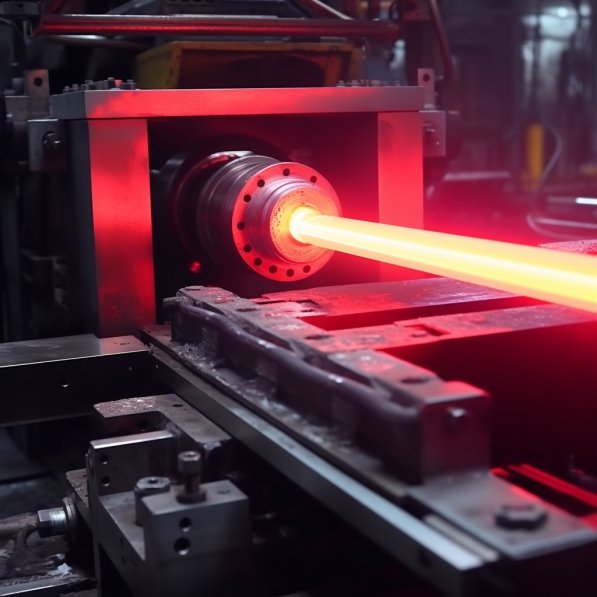
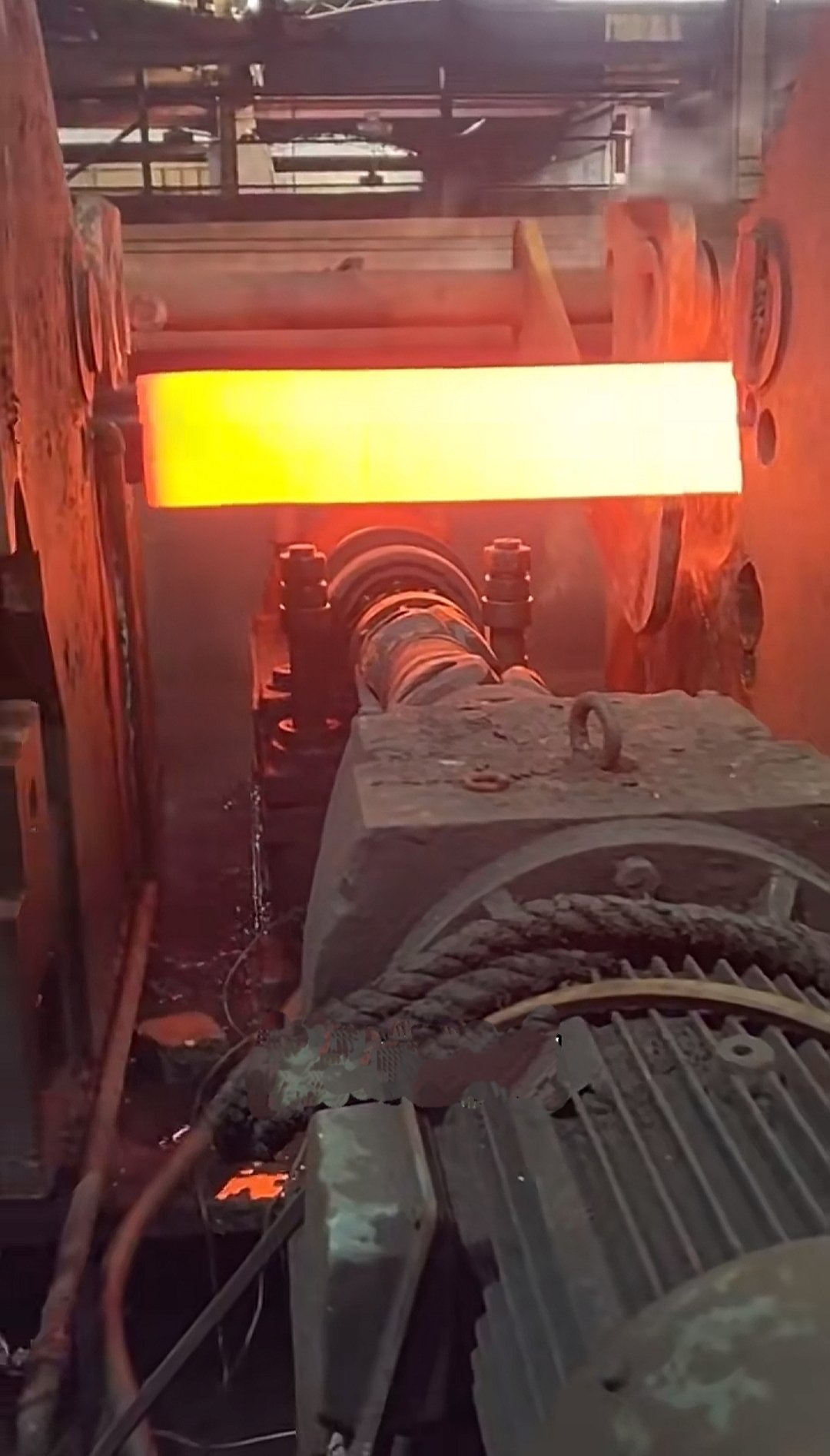
Formability plays a critical role in the manufacturing of titanium tubes, influencing their usability across various industries. This section explores techniques and advancements aimed at improving formability in titanium tube extrusion processes.
Importance of Formability in Titanium Tube Extrusion
- Definition and Significance: Formability, in the context of tube extrusion, refers to the ability of titanium materials to be shaped and deformed without cracking or compromising structural integrity. This is especially important for achieving complex shapes and configurations that meet specific engineering requirements. Additionally, enhanced formability allows manufacturers to produce intricate designs that are essential in advanced applications.
- Applications: Various industries benefit from improved formability in titanium tubes, including:
- Aerospace: Where lightweight and high-strength components are critical for performance and safety.
- Medical Implants: Utilizing tailored shapes for better integration with biological systems.
- Automotive Components: Enhancing fuel efficiency and performance through innovative designs in vehicle construction.
Techniques for Improving Formability
- Material Selection: Choosing the right titanium alloys with optimized grain structure and ductility is essential for enhancing formability during extrusion. Alloys that exhibit higher ductility can be more easily deformed into complex shapes without failure.
- Temperature Control: Effective temperature control strategies improve material flow during extrusion, reducing the risk of cracking or deformation. Maintaining optimal extrusion temperatures is key to achieving the desired material properties and minimizing defects.
- Die Design Optimization: The geometry of the die significantly influences material flow. Design considerations that promote uniform flow and minimize stress concentrations are critical for enhancing formability and ensuring consistent quality.
Advancements in Extrusion Technology
- Hydroforming and Incremental Forming: Advanced forming techniques like hydroforming and incremental forming have emerged as methods to enhance the formability of titanium tubes. These techniques apply controlled forces that allow for greater flexibility in shaping the material.
- Multi-step Extrusion Processes: Multi-step extrusion processes provide the ability to create complex geometries with precise control over material deformation. This approach allows manufacturers to optimize the properties of the final product while achieving intricate designs.
Simulation and Modeling
- Finite Element Analysis (FEA): The use of FEA in simulating and optimizing the extrusion process helps predict material flow patterns and identify potential issues in die designs. This predictive capability enables manufacturers to enhance formability and reduce production costs.
- Virtual Prototyping: Virtual prototyping offers significant benefits, including the reduction of trial and error in the design process. By optimizing process parameters digitally, manufacturers can achieve the desired formability characteristics before actual production.
By focusing on enhancing formability, manufacturers can expand the capabilities of titanium tube extrusion, enabling the production of complex and high-performance components for diverse industrial applications.
5.High Corrosion Resistance Strategies
Titanium's inherent corrosion resistance makes it a preferred choice for applications where exposure to corrosive environments is a concern. This section explores strategies and technologies used to enhance the corrosion resistance of titanium tubes produced through extrusion.
Titanium's Inherent Corrosion Resistance
- Properties Overview: Titanium exhibits remarkable natural resistance to corrosion, primarily due to the formation of a passivation layer of titanium dioxide on its surface. This oxide layer protects the underlying metal from aggressive environments, allowing titanium to withstand harsh conditions, including exposure to saltwater, acids, and other corrosive agents.
- Applications: Various industries benefit from titanium's corrosion resistance, including:
- Marine: Used in shipbuilding and offshore structures where exposure to seawater is a constant challenge.
- Chemical Processing: Employed in reactors, piping, and heat exchangers that handle corrosive chemicals.
- Offshore Oil and Gas: Essential for components in drilling and production equipment exposed to aggressive marine environments.
Surface Treatments and Coatings
- Anodization: Anodization is a process that enhances the surface hardness and corrosion resistance of titanium tubes. By creating a thicker oxide layer, anodization improves the material's durability and aesthetic appearance.
- Electroplating and Chemical Treatments: Electroplating techniques and various chemical treatments can provide additional protective layers against corrosion. These processes can apply coatings that improve resistance to specific corrosive environments.
- PVD and CVD Coatings: Physical Vapor Deposition (PVD) and Chemical Vapor Deposition (CVD) are advanced coating techniques that enhance the surface properties of titanium. These coatings significantly improve corrosion resistance and wear characteristics, making titanium components even more durable.
Alloying Elements and Composition
- Alloy Additions: The addition of alloying elements such as aluminum, vanadium, and nickel plays a vital role in enhancing the corrosion resistance of titanium alloys. Each element contributes unique properties that improve performance in specific environments.
- Composition Optimization: Strategies for optimizing alloy composition involve selecting the right combination of elements to improve resistance to particular corrosive conditions. This ensures that the titanium alloys can withstand the specific challenges of their intended applications.
Passivation and Oxide Layer Control
- Passivation Processes: Techniques to control and enhance the natural oxide layer on titanium surfaces include chemical passivation treatments. These processes strengthen the oxide layer, improving long-term corrosion resistance and overall durability.
- Surface Finishing: Surface finishing techniques are crucial for reducing surface roughness, which enhances the effectiveness of corrosion protection methods. A smooth surface can prevent localized corrosion and extend the lifespan of titanium components.
Testing and Quality Assurance
- Accelerated Testing Methods: Accelerated corrosion testing methods, such as salt spray testing and electrochemical impedance spectroscopy (EIS), are essential for evaluating the corrosion resistance of titanium materials. These methods simulate harsh conditions to predict material performance over time.
- Quality Control Protocols: Stringent quality control protocols throughout the manufacturing process are vital to ensure consistent corrosion resistance properties. Regular inspections and testing help maintain the high standards expected from titanium products, particularly in critical applications.
By implementing these high corrosion resistance strategies, manufacturers can ensure that titanium tubes maintain their integrity and performance in demanding and corrosive environments, extending their service life and reliability.
6.Applications Across Industries
Titanium tubes produced through advanced extrusion techniques find diverse applications across various industries, leveraging their unique properties and capabilities. This section explores the wide-ranging applications of titanium tubes and their significance in modern industrial sectors.
Aerospace and Aviation
- Structural Components: Titanium tubes are extensively used in aircraft structures due to their high strength-to-weight ratio, exceptional corrosion resistance, and ability to withstand extreme temperatures. These properties make titanium ideal for critical load-bearing applications in airframes, leading to increased fuel efficiency and performance.
- Engine Components: In aerospace engines, titanium tubes are utilized for their durability and heat resistance. Their ability to endure high temperatures while enhancing fuel efficiency makes them essential for components such as engine casings, fuel lines, and exhaust systems.
Medical and Healthcare
- Surgical Implants: Titanium tubes are widely used in orthopedic implants, dental implants, and cardiovascular devices due to their biocompatibility and non-reactive nature with human tissues. This ensures a low risk of rejection and promotes better healing.
- Medical Instruments: The lightweight properties of titanium make it an excellent choice for surgical instruments and diagnostic equipment. Its resistance to sterilization processes ensures the longevity and reliability of medical tools.
Chemical and Petrochemical
- Corrosion-Resistant Piping: In chemical processing plants and refineries, titanium tubes are employed for transporting corrosive fluids and chemicals safely. Their inherent corrosion resistance reduces the risk of leaks and equipment failure.
- Heat Exchangers: Titanium is essential in heat exchangers and reactor vessels where resistance to corrosion and high temperatures is critical. Its durability extends the lifespan of these components, improving operational efficiency.
Marine and Offshore
- Subsea Applications: Titanium tubes are utilized in offshore oil and gas platforms, underwater pipelines, and marine exploration equipment due to their exceptional resistance to seawater corrosion and biofouling, ensuring reliable performance in harsh marine environments.
- Submersible Vehicles: In submersibles and underwater vehicles, titanium tubes are favored for their lightweight nature combined with high strength and corrosion resistance, which are vital for deep-sea exploration.
Automotive and Transportation
- Exhaust Systems: Titanium tubes are used in automotive exhaust systems for their heat resistance, durability, and ability to enhance engine performance. Their lightweight characteristics contribute to improved vehicle efficiency.
- High-Performance Vehicles: In racing cars and motorcycles, titanium components help reduce weight, which is critical for improving speed and fuel efficiency, giving competitive advantages in performance.
Sporting Goods and Outdoor Equipment
- Bicycles and Sports Equipment: Titanium tubes are employed in bicycle frames, golf clubs, and other sporting goods due to their lightweight, strong, and durable properties. This enhances performance and durability for athletes.
- Outdoor Gear: Applications in camping equipment, hiking poles, and survival tools benefit from titanium's lightweight yet strong characteristics, providing reliability and ease of transport for outdoor enthusiasts.
Energy and Renewable Resources
- Solar Energy: Titanium tubes are used in solar thermal collectors and photovoltaic mounting systems for their resistance to environmental degradation and longevity. These properties ensure effective performance over time in various weather conditions.
- Wind Power: Titanium's lightweight and corrosion-resistant properties make it suitable for components in wind turbines, contributing to increased efficiency and reduced maintenance in renewable energy applications.
By exploring these diverse applications, manufacturers and engineers can better understand the versatility and adaptability of titanium tubes produced through advanced extrusion techniques, paving the way for innovative solutions in various industrial sectors.
7.Future Trends and Conclusion
As titanium tube extrusion continues to advance, new trends and innovations are shaping the future of this versatile manufacturing process. This section explores emerging trends and concludes with a summary of the key insights and benefits of titanium tube extrusion.
Emerging Trends in Titanium Tube Extrusion
- Advanced Materials: The exploration of new titanium alloys and composite materials is gaining traction, offering enhanced properties such as improved strength-to-weight ratios and superior corrosion resistance. These innovations aim to meet the evolving demands of various industries.
- Nanostructuring: Techniques for nanostructuring are being adopted to further enhance the mechanical properties and surface characteristics of titanium tubes. By manipulating materials at the nanoscale, manufacturers can achieve significant improvements in performance and durability.
- Integrated Manufacturing: There is a trend towards integrated manufacturing processes that combine traditional extrusion with additive manufacturing (3D printing). This synergy allows for the production of complex geometries and customized designs, catering to specific application needs.
Technological Innovations
- Smart Manufacturing: The implementation of IoT (Internet of Things) and AI (Artificial Intelligence) technologies is transforming titanium tube extrusion by optimizing process control, reducing waste, and enhancing product quality. These smart systems enable real-time monitoring and adjustments throughout the manufacturing process.
- Precision Engineering: Advancements in precision engineering techniques and simulation tools provide accurate predictions and control over extrusion parameters. This leads to higher quality outputs and minimizes variability in production.
Market Applications and Growth Prospects
- Expanding Industrial Applications: There are significant growth opportunities in sectors such as aerospace, medical, automotive, and renewable energy, driven by the increasing demand for lightweight, durable, and corrosion-resistant materials that titanium provides.
- Global Market Dynamics: An analysis of global market trends reveals regional growth patterns and emerging markets for titanium tube products. Understanding these dynamics is essential for manufacturers aiming to expand their market presence.
Environmental and Sustainability Considerations
- Material Recycling: Innovations in titanium recycling processes are reducing environmental impact and promoting sustainability in manufacturing. Efficient recycling methods ensure that titanium materials are reused, minimizing waste.
- Energy Efficiency: Strategies for improving energy efficiency and reducing carbon footprints throughout the titanium tube extrusion lifecycle are being prioritized. This includes optimizing energy consumption in manufacturing processes and exploring sustainable practices.
Conclusion
- Summary of Benefits: Titanium tube extrusion offers numerous key benefits, including a high strength-to-weight ratio, excellent corrosion resistance, biocompatibility, and versatility across industrial applications. These attributes make titanium an invaluable material in modern manufacturing.
- Future Outlook: The future of titanium tube extrusion looks promising, as it remains a critical manufacturing process supporting technological advancements and driving industrial innovation in various sectors.
By embracing these future trends and innovations, manufacturers can continue to push the boundaries of titanium tube extrusion, meeting evolving market demands and driving sustainable growth in various industries worldwide. Young Things Metal Co. Ltd. continues to deliver high-quality titanium tubes that meet the evolving needs of our customers, For more information on how our Titanium Tube products can support your manufacturing needs, be sure to visit our website.
Share this article
Written by : 钛合金网
Follow us
Table Of Content

